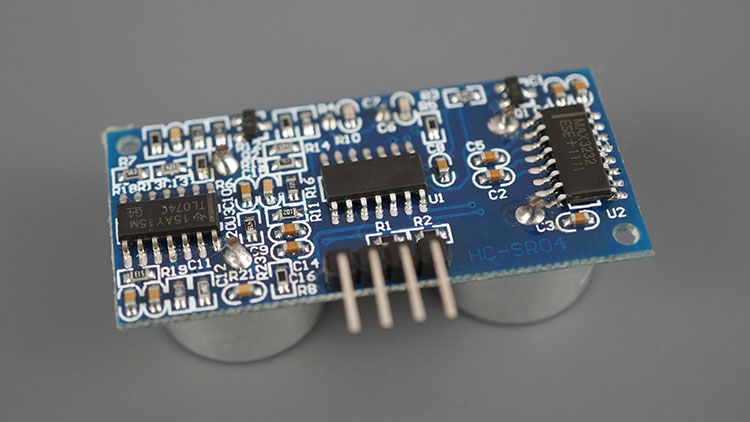Ultrasonic sensors are used when industry wants to detect level and proximity with high accuracy. This guide provides an introduction to ultrasonic sensors and the principles behind their technology. You will also learn how to apply it to your company.
As with all technology, it has both advantages and limitations. Include this information so that you can decide whether to use it. First, let’s understand what an ultrasonic sensor is.
What is an ultrasonic sensor?
- An electronic device that measures the distance to an object by emitting ultrasonic waves and converting the sound into electrical signals.
- Ultrasound travels faster than audible sound. The device consists of two main components:
- A transmitter that uses piezoelectric crystals to produce sound. A receiver that picks up sound that reaches the target and returns it to the device. Operating Principles of Ultrasonic Sensors
- The principle of ultrasonic sensors is very simple. Electronic devices emit sound waves at frequencies above the normal range of human hearing.
A transducer in the sensor receives and transmits sound like a microphone.
Sensors measure when tones are sent and received to determine target range. See this article for a detailed explanation of how sensors work.







